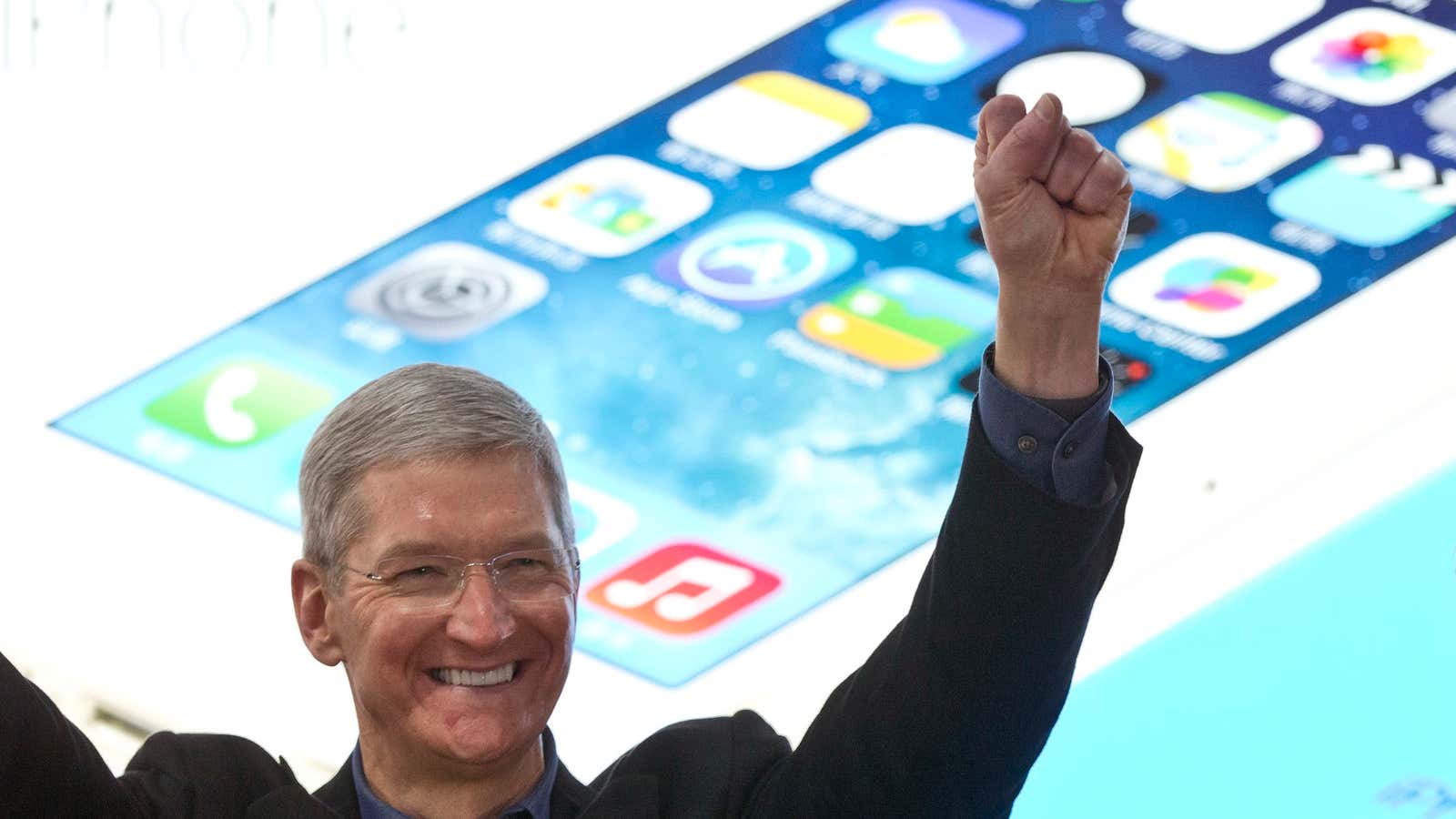It turns out that the key to Apple’s creativity, speed, and adaptability is, on its surface, the exact opposite of the kind of free-wheeling creativity one might expect. It’s a checklist. A really long one.
It’s known as the Apple new product process, and while its existence has been known about for some time, it wasn’t until Leander Kahney’s recently published book on Apple design chief Jony Ive that the world got a detailed look at how the ANPP works. From the book:
“[I]n the world according to Steve Jobs, the ANPP would rapidly evolve into a well-defined process for bringing new products to market by laying out in extreme detail every stage of product development.
“Embodied in a program that runs on the company’s internal network, the ANPP resembled a giant checklist. It detailed exactly what everyone was to do at every stage for every product, with instructions for every department ranging from hardware to software, and on to operations, finance, marketing, even the support teams that troubleshoot and repair the product after it goes to market. ‘It’s everything from the supply chain to the stores,’ said one former executive. ‘It’s hooked into all the suppliers and the suppliers’ suppliers. Hundreds of companies. Everything from the paint and the screws to the chips.'”
Lots of companies have internal processes, but few document them with this level of obsessive detail. The ANPP is reminiscent of Steve Jobs’s obsession with perfecting every detail of how a product was made. It’s that fixation—which at one point extended all the way to wanting his factories to be beautiful and pristine works of art—which is inarguably one key to the industrial design and build quality of Apple hardware.
Whereas Apple relies on detailed, internally documented processes, many other tech companies rely on “tribal knowledge” haphazardly passed from one employee to another. Kahney continues:
“‘It was a very rude awakening for me to go a different company like Excite or Yahoo because they had none of that!’ [said Sally Grisedale, former manager of Apple’s advanced technology group.] ‘Nothing written down. Like, Process? Are you kidding? Just ship it and get it out there!'”
The utility of checklists for accomplishing complex tasks has long been known. They were championed and refined by the US Air Force (which also pioneered, during WWII, the research that became industrial and organizational psychology) and are used by surgeons to cut fatalities by one-third, according to Atul Gawande’s excellent The Checklist Manifesto: How to Get Things Right.
One of the central tenets of The Checklist Manifesto is that even when tasks are simple—and Apple’s ANPP definitely is not—it’s human nature to forget critical steps. In design, perhaps the right people weren’t consulted in the correct order, or a critical supplier was left out of the decision-making process, leading to delays and compromise.
Here’s how Robin Marantz Henig summed up the utility of a checklist in her review of Gawande’s book:
“What a powerful insight this is: In an age of unremitting technological complexity, where the most basic steps are too easy to overlook and where overlooking even one step can have irremediable consequences, something as primitive as writing down a to-do list to ‘get the stupid stuff right’ can make a profound difference.”
While Gawande’s checklists for pre-surgical prep are relatively simple, what the ANPP illustrates is an additional kind of value the checklist can add for large organizations: As a living document, it becomes a public store of all that is known about how to best accomplish the main business of an organization. At Apple, that’s making hardware. Every business is different, but, argues Kahney throughout his book on Apple, selectively imposing seemingly rigid structures on even the most creative enterprise frees employees from having to worry about whether they’re getting all those little steps right, so they can concentrate on being creative with the parts of their work that are different from all the other times they’ve done it before.
